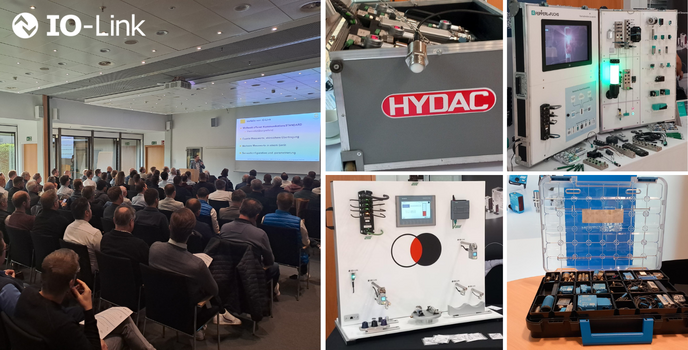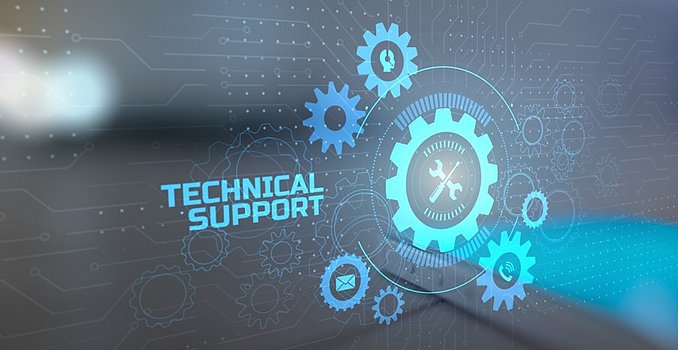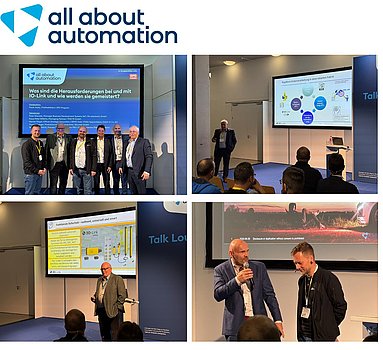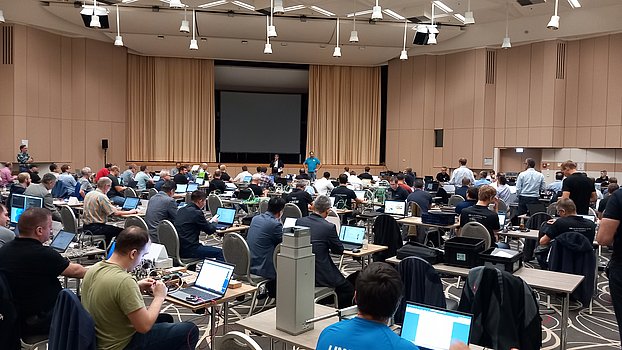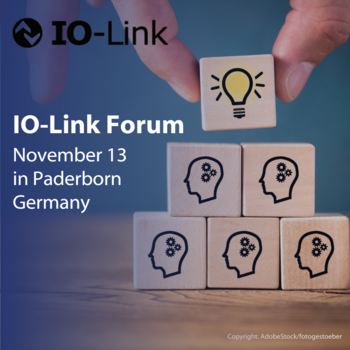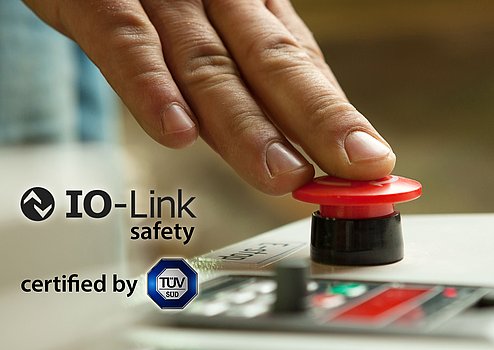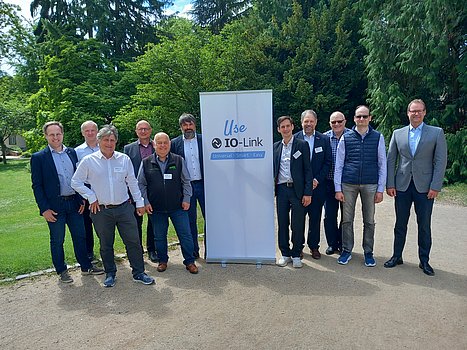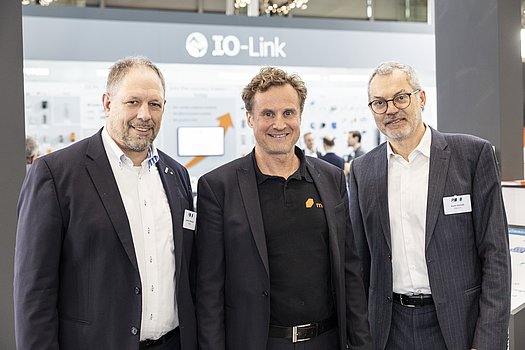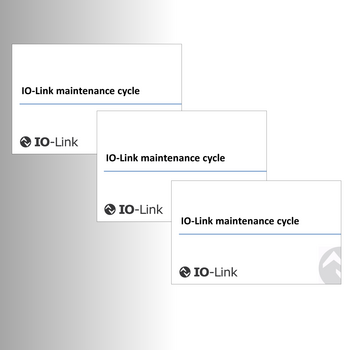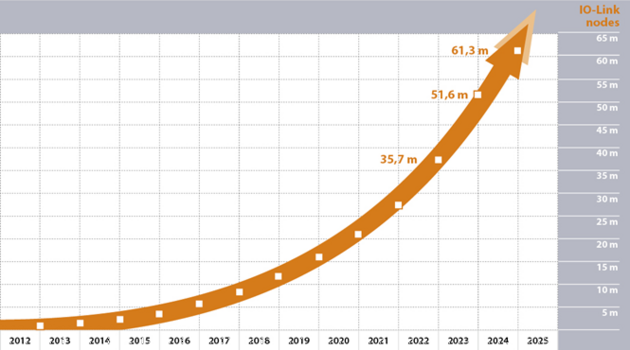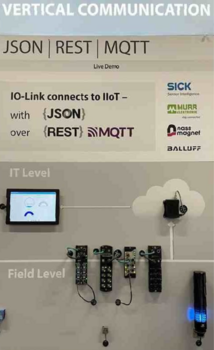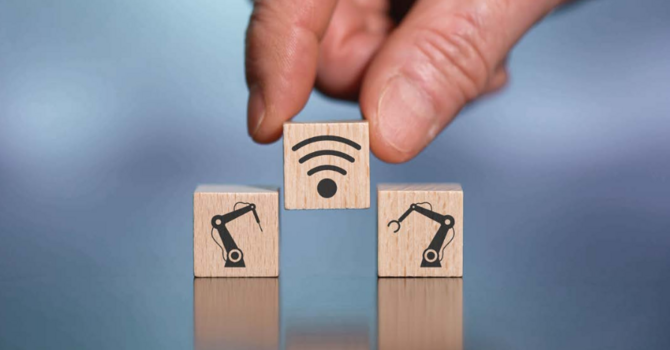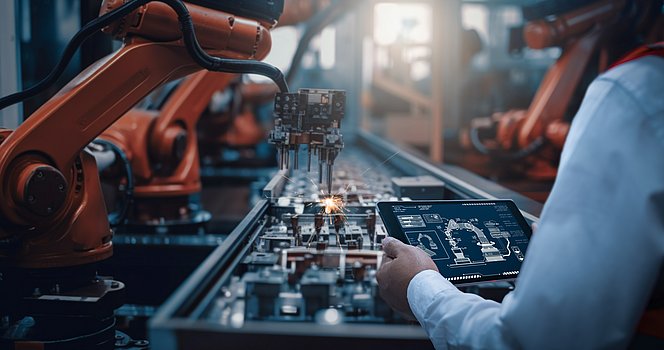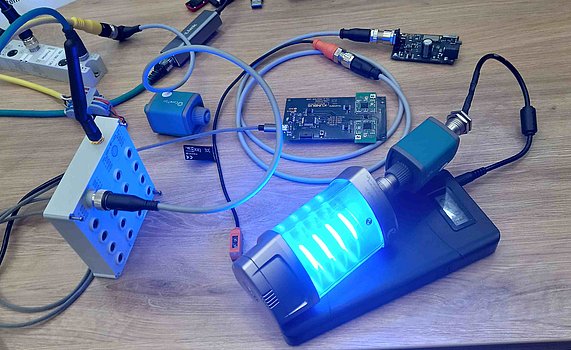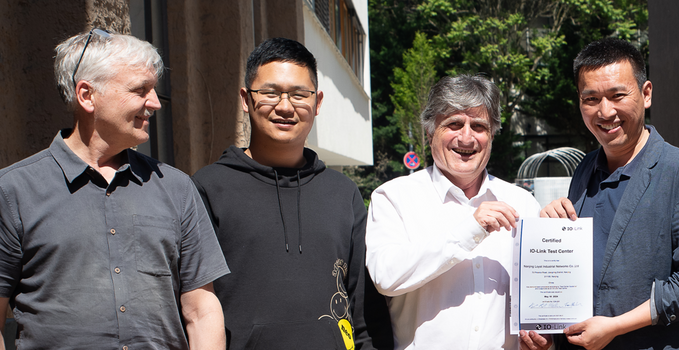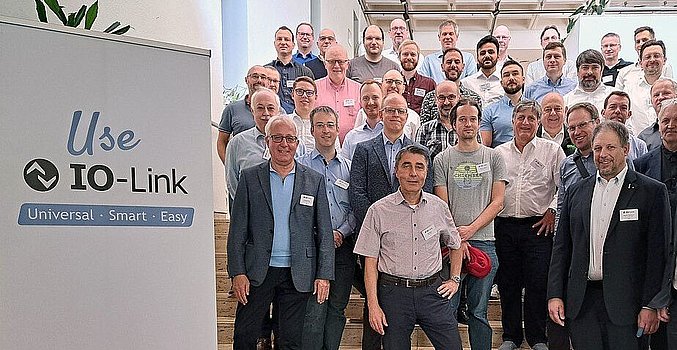Seamless Connection to the Cloud
The seamless connection of sensor-specific data with other services—for asset monitoring, for example—is one of the most exciting tasks being undertaken in modern plants today. IO-Link meets all the requirements for the fast provision of data for further processing. This is based on the IO-Link master, which includes an integrated REST API interface.
What’s this all about? More and more services are now running outside the controller, e.g. on a PC on a local network of a plant or remotely as cloud-based apps. This includes, for example, monitoring tools which run in an AWS (Amazon Web Service) cloud and monitor and visualize the states of sensors and actuators or transfer data from a production plant to an ERP system for OEE calculation. Also, when the task involves integrating new methods with AI for the analysis of process states, it makes sense to process them outside the automation system.
Many of these applications fall under the umbrella of IIoT (Industrial Internet of Things). These types of clients request data from the process or production and pass it on for special further evaluation. Users want to utilize this data in the easiest way possible. In other words, the data has to be transferred smoothly and seamlessly using protocols that are recognized and implemented in the IT world.
This is where the IO-Link master comes into play, which becomes a highly streamlined data server with the REST API. It can be requested directly from any application in IT world via its IP address. The REST API is an interface commonly used on the Internet for requesting data based on simple HTTP (Hypertext Transfer Protocol) requests. These types of requests are supported by all programming languages, are not dependent on the operating system and are implemented in all web clients, such as browsers.
The data queried using these HTTP requests is transferred as JSON objects in the response and displayed. JSON objects are very lightweight objects which can be read and interpreted by machines. With the support of the IODD (IO Device Description), the data is described semantically and therefore easy to interpret. The IODD is based on XML and describes all the parameters, error messages and diagnostics.
The specification provided by IO-Link includes JSON objects for the configuration, monitoring and control of the IO-Link master and the connected devices. Using this data, a simple automation task can be implemented directly from an IIoT. In addition, MQTT can also be used as the transfer mechanism instead of the REST API.
The way this connection works in practice will be exhibited at the PI Booth at the Hanover Fair (Hall 9, D68), where a demonstrator will implement a simple tank level control task using a small Raspberry Pi single-board computer as a controller. Here, the controller will communicate with the sensors based on the JSON-REST API and exchange data regardless of which IO-Link master is connected.

